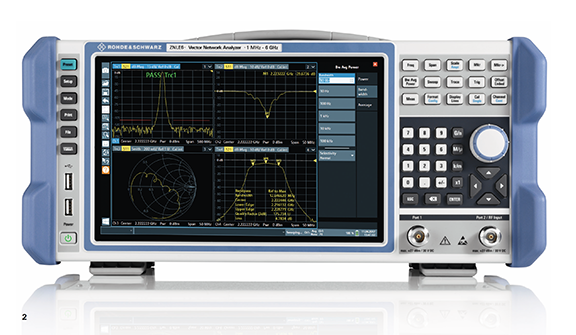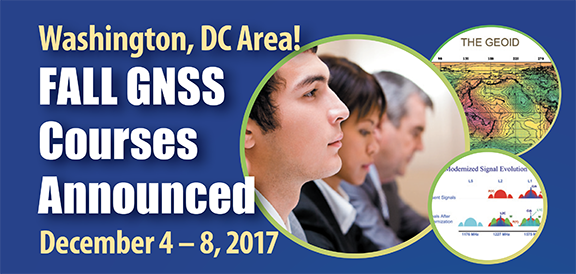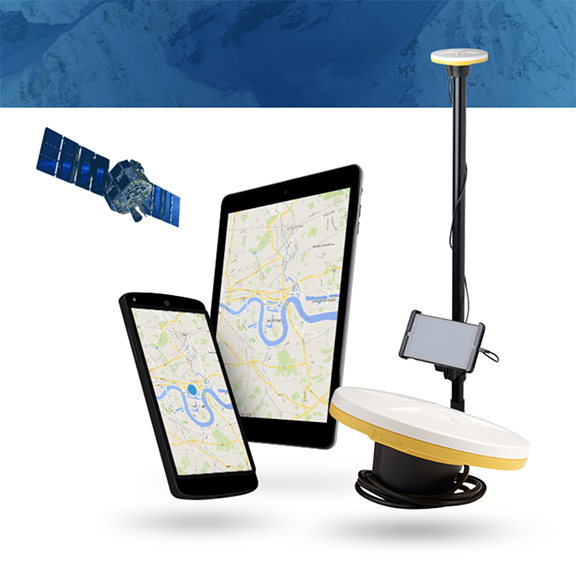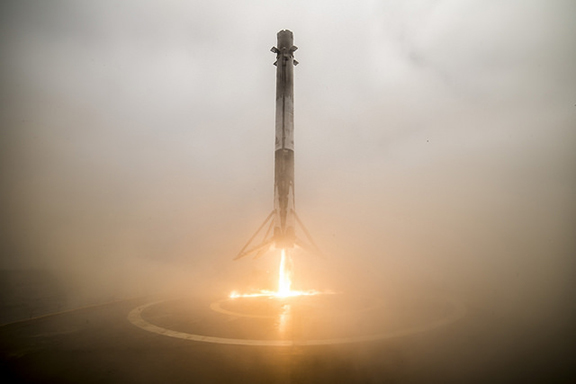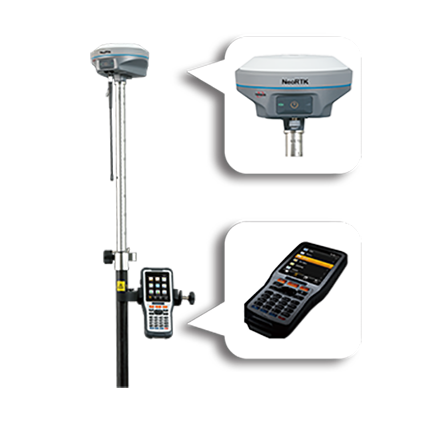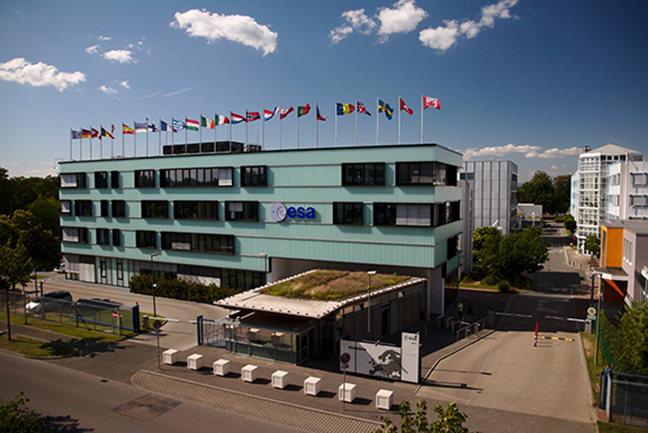International Flight Inspection Symposium 2018

Sponsored by the International Committee for Airspace Standards and Calibration (ICASC) and hosted by the Institute of Navigation (ION), IFIS 2018 is the 20th International Flight Inspection Symposium and serves as a credible international forum that promotes a better understanding of the technologies and environmental issues impacting global flight inspection operations.
By Inside GNSS
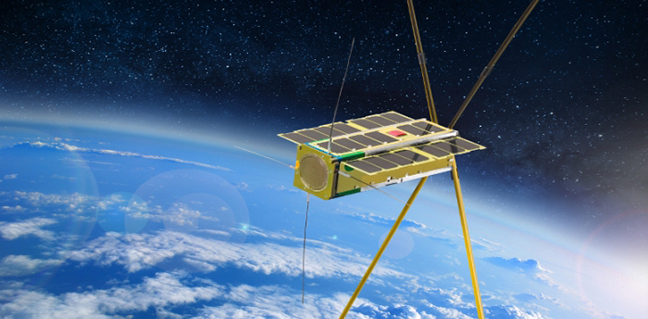

.jpg)
